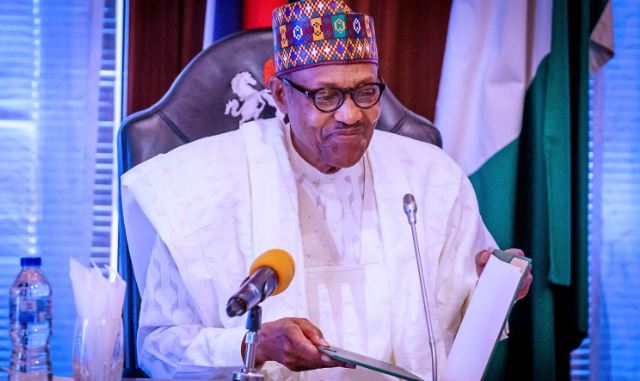
This week, the National Bureau of Statistics (NBS) on Monday published Nigeria’s public debt stock figure for Q4’2019 which shows that the country’s total debt as at 31 December 2019 stood at ₦27.4 trillion (or $84.05bn), comprising of ₦9.02 trillion (or $27.67bn) external debt and ₦18.38 trillion (or $56.05bn) domestic debt.
This in real terms represents a 4.5% increase in the country’s debt stock between Q3’2019 and Q4’2019.

Interestingly, this data was released barely hours before the federal government through the Minister of Finance, Budget and National Planning, Mrs. Zainab Ahmed, at a press briefing in Abuja announced that the government has applied for new foreign loans worth $6.9 billion (₦2.49trn using CBN official exchange rate of ₦361/$1) from IMF $3.4bn, World Bank $2.5bn, and African Development Bank (AfDB) $1bn to mitigate the ravaging impact of COVID-19 on the Nigerian economy.
While the new loan application has become an issue of necessity due to the fragile state of Nigeria’s economy resulting mainly from COVID-19 induced strain on humans and businesses, our concern is that the new loan will worsen Nigeria’s debt-related indicators which have been a major subject of concerns for many years.

Specifically, with the taking of the new loan, Nigeria’s total debt stock will rise by a minimum of 9.1% to ₦28.89 trillion, while the “Base Case” output of our model for Nigeria debt indicators (with minimal adjustment to 2019 Real GDP and Revenue estimate) shows that Debt-to-GDP ratio, Debt-to-Revenue ratio, and Debt per Capita size will worsen to 0.42:1 (or 42%), 7.87:1 (or 787%), and ₦14.5mn respectively in 2020 from 0.38:1 (or 38%), 5.48:1(548%), and ₦13.7mn in 2019.
